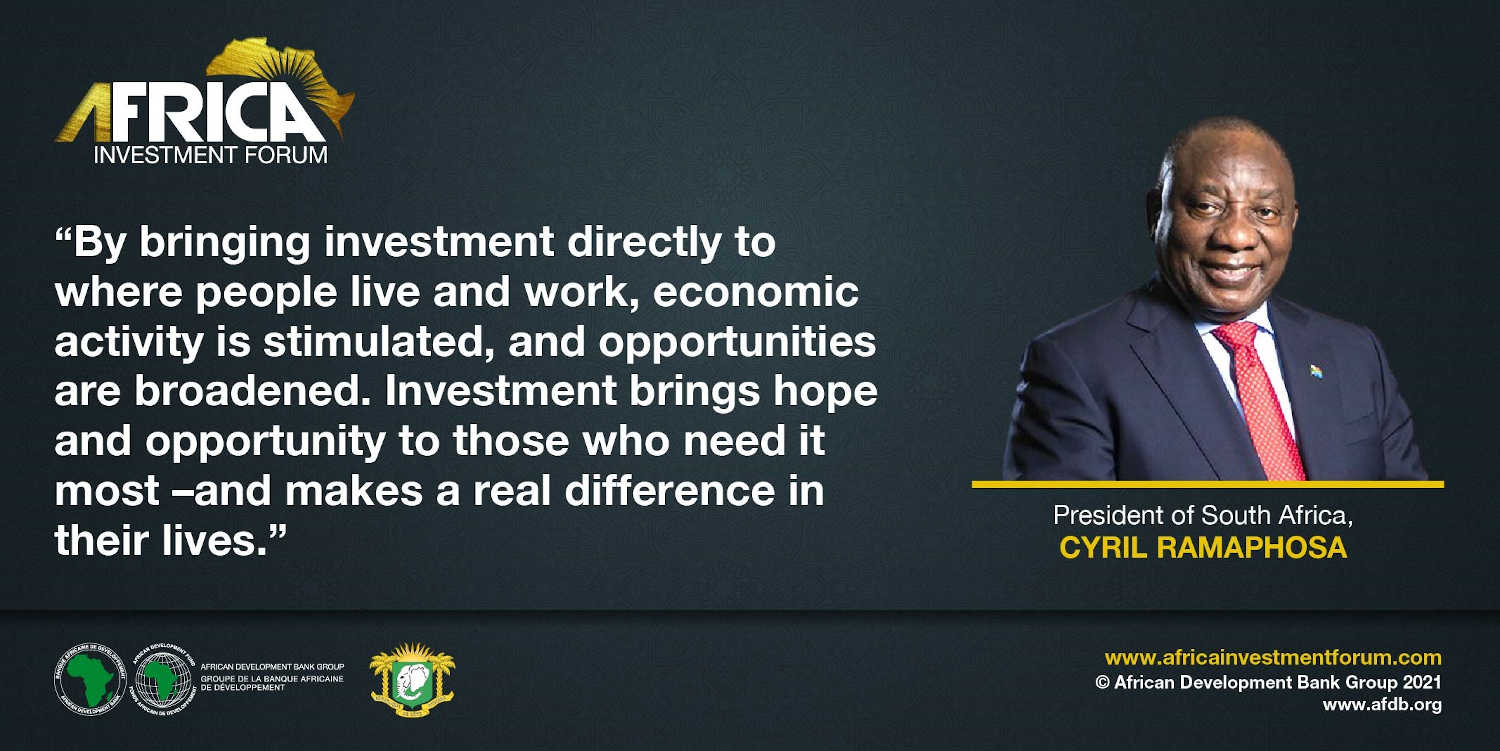
Closed Africa Investment Forum Deal(s)
- Beef Agro-processing Project worth $350M
Economic Outlook
The country will record its first current account surplus in 2020, estimated at about 1% of GDP due to high gold prices, , a low bill for fuel imports, and increased agricultural exports. Despite the pandemic, the South African banking sector remains sound, with a capital ratio of 16.3%, which is above the 10% regulatory requirement.
Domestic private sector borrowing reached $280 billion in November 2020, an increase of 3.5% from December 2019, when it was 139% of GDP. Real private investment expanded by 33.2% in the third quarter of 2020.
Real GDP growth is projected to rebound to 3.0% in 2021, but the pace of the recovery will slow to 1.6% in 2022 due to continued structural constraints such as unreliable electricity supply and job regulations.
The 2021 Medium Term Budget Policy Statement proposed steps to reduce the public service wage bill to narrow the fiscal deficit and stabilize the debt-to-GDP ratio over a five-year period. The treasury expects to reduce the wage bill—the major driver of the fiscal deficit—by nearly $1.8 billion through 2023–24.
South Africa’s gross international reserves increased slightly from $52.4 billion at the end of March 2020, covering 6.9 months of imports, to $53.8 billion at the end of November 2020, covering 8.3 months of imports. This progress mainly reflects funding for the Covid-19 pandemic crisis from multilateral banks, such as the African Development Bank.
Africa Investment Forum: Impressions of the 2019 edition
